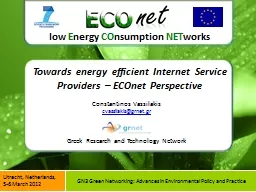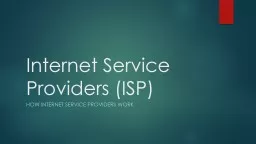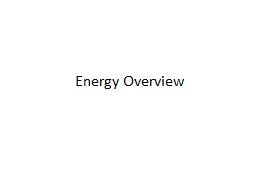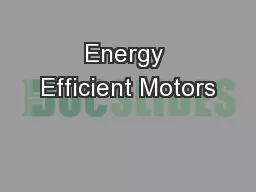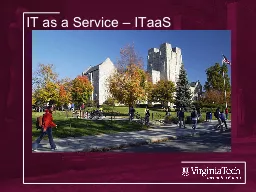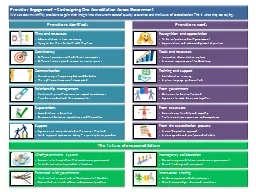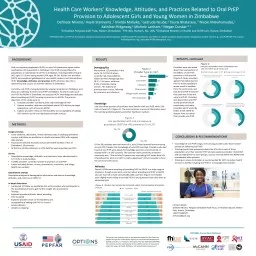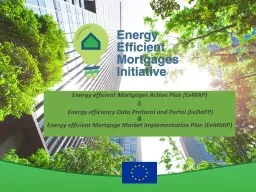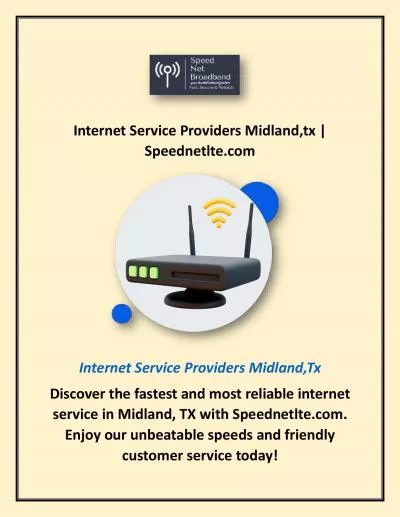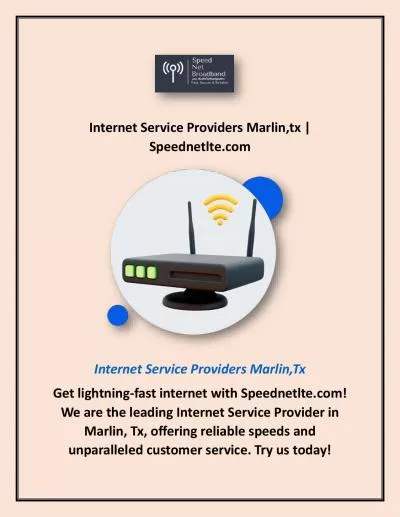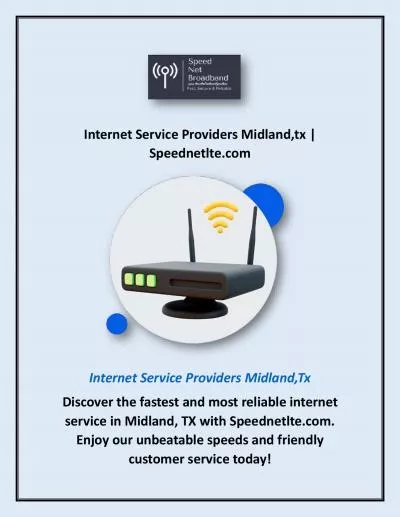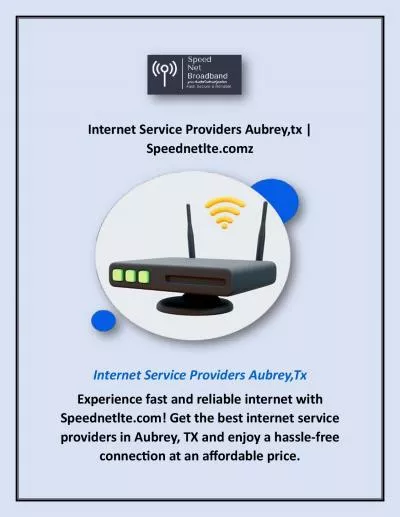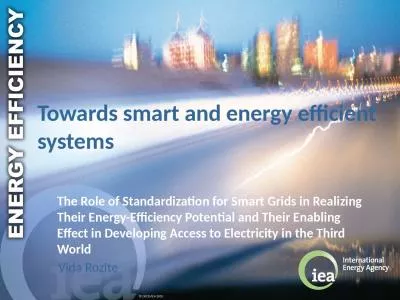PPT-Towards energy efficient Internet Service Providers – ECOnet Perspective
Author : giovanna-bartolotta | Published Date : 2018-11-03
Constantinos Vassilakis cvassilakisgrnetgr Greek Research and Technology Network Utrecht Netherlands 56 March 2012 GN3 Green Networking Advances in Environmental
Presentation Embed Code
Download Presentation
Download Presentation The PPT/PDF document "Towards energy efficient Internet Servic..." is the property of its rightful owner. Permission is granted to download and print the materials on this website for personal, non-commercial use only, and to display it on your personal computer provided you do not modify the materials and that you retain all copyright notices contained in the materials. By downloading content from our website, you accept the terms of this agreement.
Towards energy efficient Internet Service Providers – ECOnet Perspective: Transcript
Download Rules Of Document
"Towards energy efficient Internet Service Providers – ECOnet Perspective"The content belongs to its owner. You may download and print it for personal use, without modification, and keep all copyright notices. By downloading, you agree to these terms.
Related Documents

